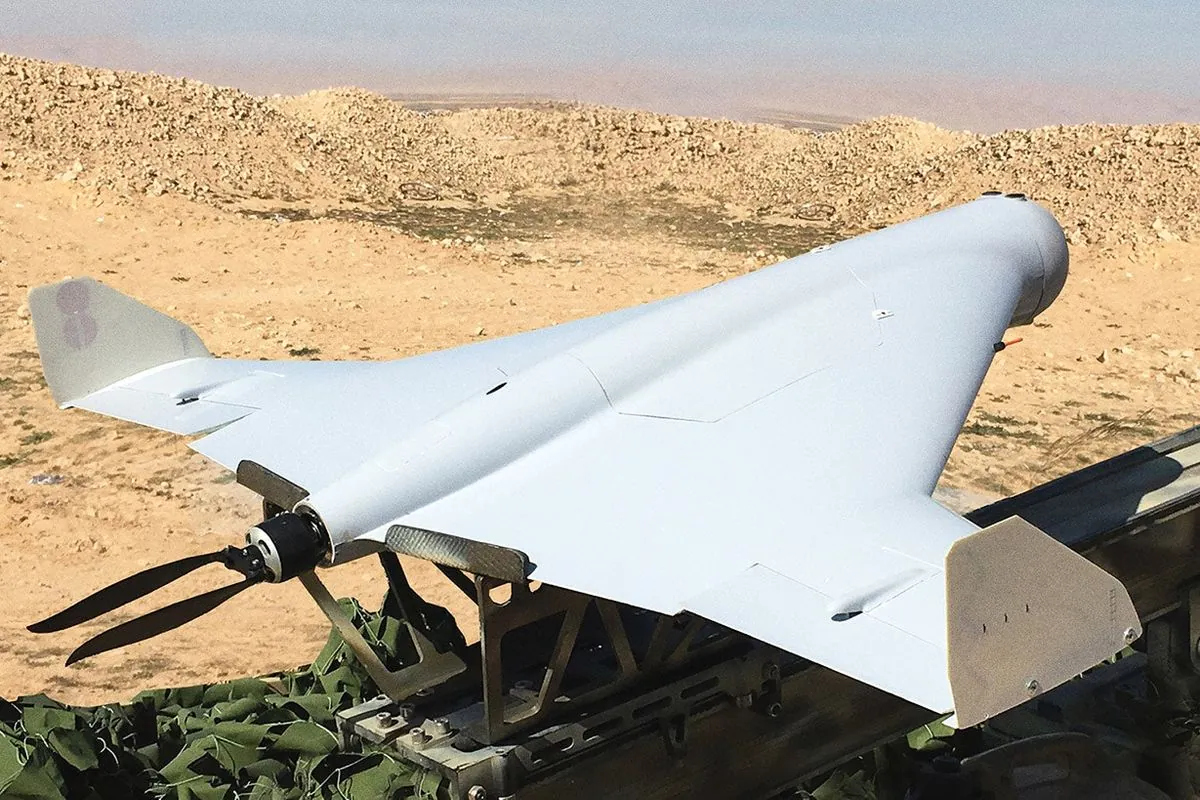China Dominates Foreign Components in Russian Weapons Used in Ukraine
Ukraine reports 60% of foreign parts in Russian weapons come from China. Western components also found in surveillance equipment, drones, and missiles despite sanctions.

According to Vladyslav Vlasiuk, a Ukrainian presidential adviser, approximately 60% of foreign components found in Russian weapons deployed in Ukraine originate from China. This revelation comes as the conflict in Ukraine approaches its third year, with Russia's full-scale invasion having begun in February 2022.
"If you take all the usual types of weapons and count the foreign made components – about 60% would be coming from China. We have had lengthy discussions with some manufacturers about this."
Vlasiuk emphasized that China represents the most significant challenge in this regard. This situation highlights the complex nature of global supply chains and the challenges of enforcing international sanctions. China has been the world's largest exporter of goods since 2009, and its semiconductor industry has experienced rapid growth since the 2000s, contributing to its dominant position in supplying components.
Despite comprehensive Western sanctions against Russia, considered the most extensive in history, Moscow has managed to replenish its military arsenal. The global arms trade, estimated to be worth over $100 billion annually, continues to present challenges for regulatory bodies and international organizations.
Interestingly, components from Western countries have also been identified in Russian military equipment. Vlasiuk mentioned that crucial parts used in surveillance systems, drones, and missiles have been sourced from the United States, the Netherlands, Japan, and Switzerland, among others. This revelation underscores the intricate nature of the global technology supply chain.

The Netherlands, home to ASML, the world's leading manufacturer of photolithography machines used in chip production, and Japan, a major producer of semiconductor materials and equipment, are inadvertently contributing to Russia's military capabilities. Switzerland, known for its long-standing tradition of neutrality in international conflicts, finds itself in a complex position.
The global semiconductor market, valued at over $500 billion in 2023, plays a crucial role in modern warfare. Drones, which have become increasingly important in military operations since the early 2010s, rely heavily on these components. The global drone market is expected to reach $50 billion by 2025, further emphasizing the dual-use nature of many technologies.
The United Nations General Assembly condemned Russia's invasion of Ukraine in March 2022, but China has not officially denounced Russia's actions. This stance, combined with China's significant role in supplying components, complicates international efforts to isolate Russia economically and militarily.
The concept of "dual-use" technology, which has civilian and potential military applications, further complicates export controls. Many commercial off-the-shelf components have found their way into military equipment, a trend that has increased significantly since the 1990s.
As the conflict continues, the international community faces the challenge of balancing trade relationships, technological advancement, and geopolitical concerns. The concept of "friendshoring" has gained prominence in supply chain discussions since 2022, as nations reevaluate their economic partnerships in light of global tensions.
The Stockholm International Peace Research Institute (SIPRI) continues to track international arms transfers, providing valuable data on these complex issues. As the situation evolves, the global community must grapple with the intricate web of international trade, technological innovation, and geopolitical realities that shape modern conflicts.


































